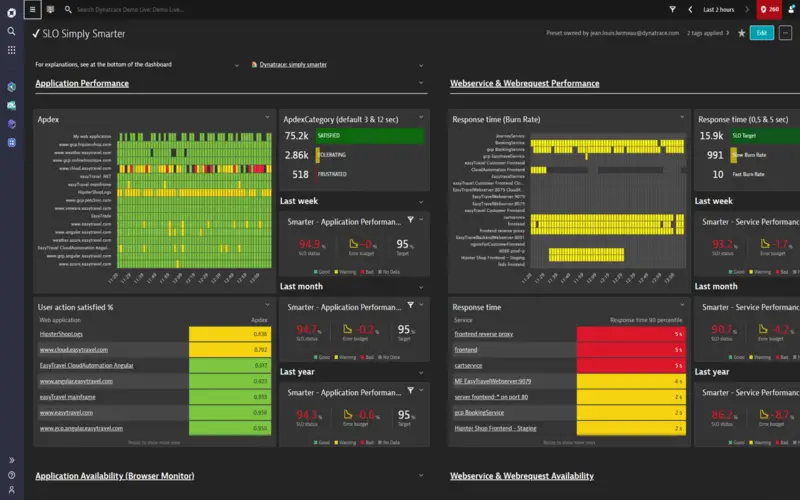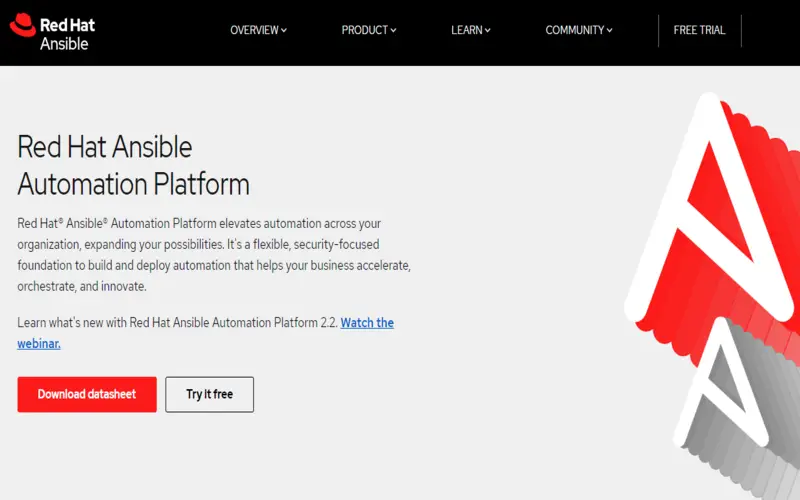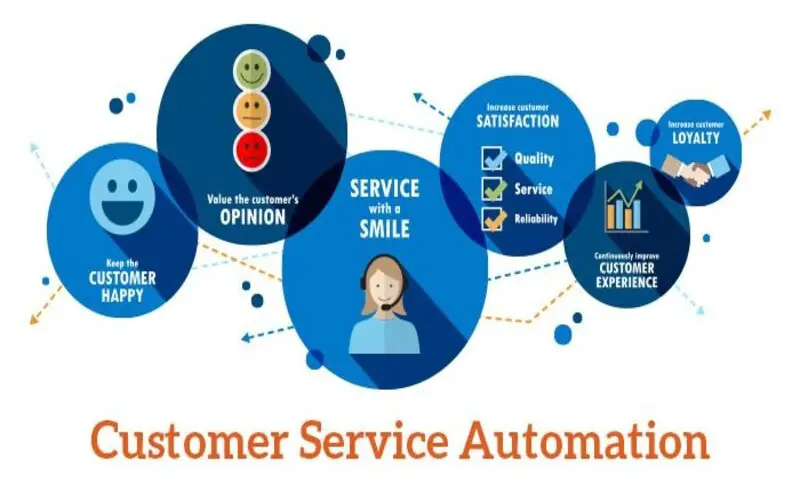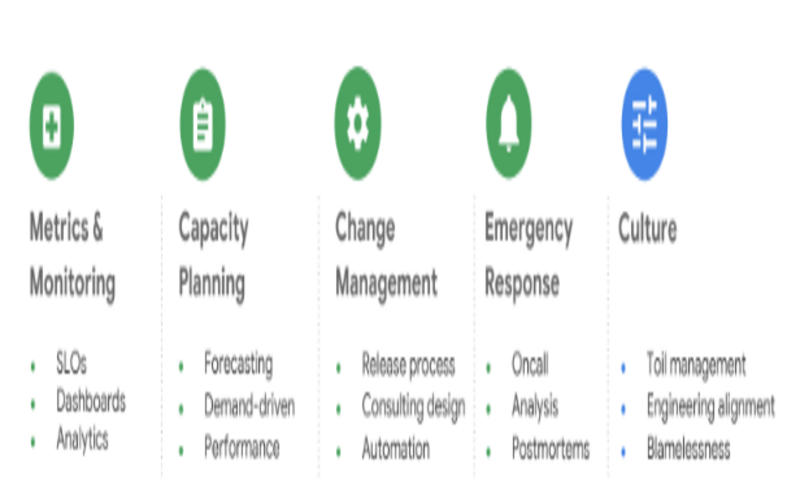What Is A Site Reliability Engineer?
The website reliability engineer’s role is to ensure that essential functions give users the requested services. In today’s world, it involves building self-service tools that produce higher availability, performance, and efficiency for users.
According to Google’s VP of Engineering, Ben Treynor, an ANS Site reliability engineer, a software developer designs an operation function. Most software engineers waste time on operation tasks and project development and start a fantastic feature of automating processes, scaling systems, etc.
Duties for site reliability engineering role that involves:
- Combining with software developers and operations teams.
- Observing websites and software to ensure that they are performing well.
- Foreseeing potential problems when they occur.
- Arranging post-incident reviews.
- Detailing your work to findings into repeatable activity.
- Automation with coding is inside a site infrastructure
- Guiding the junior engineer.
Site Reliability Engineer Skills
You are being a problem solver with an eye for software engineering and software. These are some of the skills that you need in this job.
- Understanding the operations and development.
- Observing the system and being aware of the production.
- Maintaining to details.
- Analytical and problem-solving skills.
- Coding in Python, Java, Perl, or Ruby
- Technical creating skills.
How Does Site Reliability Work?
It plays an essential role in ensuring service-level agreement needs are met. SLAs give the SRE team the level of credibility needed for the software that they work on. The SRE team has a 1% risk for faults, bugs, or downtime. SLOs are service-level objectives that label site reliability. The Service-level indicates (SLIs), which focus on findings, issues, and anomalies. SLOs are set, and SLIs distinguish when the system execution is out of sync with SLOs. SREs also build an issues budget, which is a window of time in which executed errors should be distinguished and accepted.
1. Capacity Plannings
SRE engineer’s primary goal is to ensure systems can hold expected and unexpected traffic loads. Engineers work on predicting, provisioning, and scaling systems to accept user demand while maintaining optimal performance.

2. Collaboration
Contributing and leading to opportunities and designs for errors, epics, and OKRs. Sharing handbook making, updating runbooks and general details, and writing blog posts. Root Cause Analysis (RCA) inquiry and function readiness reviews through code reviews are improving team practices. Self-organizing through errors and epics. Performs detailing all around, one or two in application detailing or the runbooks. The province’s extensive knowledge and radiation is acknowledged through recorded demonstrations, technical presentations, conversations, and incident evaluations. Provide blameless RCAs on events assertively looking for solutions that will prevent the incident from ever happening again. Participate in stage group gatherings and conversations to receive counterpart assignments, arrange knowledge, and actively influence stage group objectives and aims.

3. Coding Languages
SRE, you must be skillful at least in one coding language. It is often required to write code to automate tasks or construct tools. In SRE, the most popular coding languages are Python, Java, and Go. Some languages they should be skillful in are Python, Golang, Java, NET, and Node.js. They made them suitable for the SRE role in any computing environment and also developed sharp tools to solve reliability problems with language obstacles.

4. Problem-solving
The first step toward solving any problem is identifying that there is one. A site reliability engineer’s primary function in an IT organization is to help resolve problems that restrict value delivery. An SRE has direct access to developers and can provide continuous feedback between them and others in the business, particularly IT Ops teams. An SRE is a good problem solver who has efficient communication skills and the capability to think freely.

5. Awareness Building
Guiding in accelerating the flow and dependability by change organization is one of the main reasons encountered by SRE. A Budget issue that identifies the SRE team is aware of the difference between service security and agreed-upon service-lead goals (SLOs). The team predicted to organize its workload.

6. Boosted Automation
A site reliability engineer will always perform the most effective way to modernize legacy systems and automate product engineering operations. They adapt the new tools and attentive systems to enhance their workflow for finding system loopholes. It removes the time to locate, highlight, and fix issues. As a result of the automation, the system grows more efficient with time.

7. Enhance Customer Experience
The main goal of SREs is to enhance customer experience, whereas DevOps is more widely diffused with internal operations. A site reliability engineer clearly aims for pleasant customer expectations by employing metrics like SLAs, SLOs, and SLIs. It will more reliable products and considerable ROI gains.

8. Accurate Reporting
By observing and checking productivity, service health, and bug occurrence, SREs bring coherence. They can transform watching into tangible elements and their relationship to lost income for the company. It’s simpler to target areas of enhancement with relevant answers after they have been recognized.

9. Monitoring
SRE assert the importance of detailed system nature observation and measurement. Data system availability, performance and other relevant metrics should be combined and examined. Monitoring assists in detecting anomalies, diagnosing problems, and drawing data-driven conclusions to improve system efficiency. SRE teams deploy monitoring technologies and effective alerting mechanisms to identify and address issues rapidly.

10. Cultural Improvement
The system health and loopholes are continuously observed due to site reliability engineering. It enables you to constantly look for the excellent answer that benefits teams, departments, and services while inspiring collaboration at the time. It helps both the culture and the product.



















